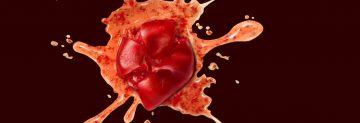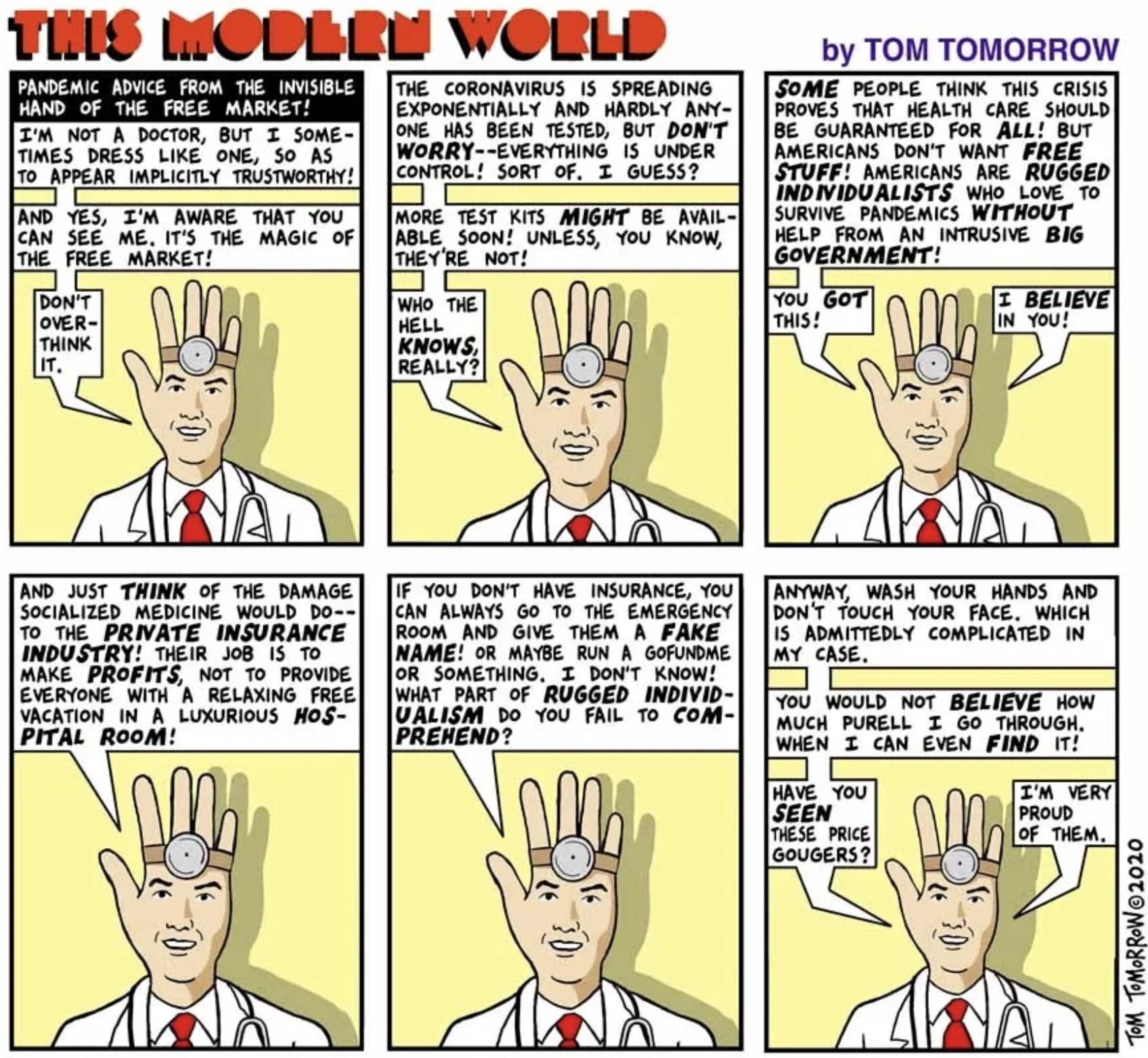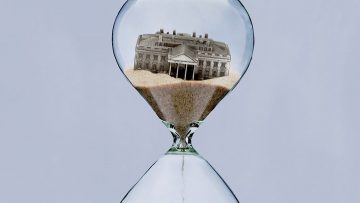John Heil in IAI News:
 Why is consciousness so perplexing to so many? Perhaps, owing to our being conscious, we regard ourselves as experts on the matter, and it seems to us blindingly obvious that consciousness could not possibly be a brain state or process. We have a front-row seat, an unmediated first-hand awareness of what conscious experiences are like, and we know well-enough what brain processes are like. The two could not be more different. In the hands of philosophers, this sentiment is transmuted into the doctrine that consciousness cannot be identified with, or ‘reduced to’, anything physical. The reduction in question must be a relation among explanations, or predicates, not as it is sometimes cast, a relation among properties. What would it be to reduce something to something else? If the As are not reducible to the Bs, explanations of the As could not be derived from explanations of the Bs, nor could A-terms be analysed or paraphrased in a B-vocabulary.
Why is consciousness so perplexing to so many? Perhaps, owing to our being conscious, we regard ourselves as experts on the matter, and it seems to us blindingly obvious that consciousness could not possibly be a brain state or process. We have a front-row seat, an unmediated first-hand awareness of what conscious experiences are like, and we know well-enough what brain processes are like. The two could not be more different. In the hands of philosophers, this sentiment is transmuted into the doctrine that consciousness cannot be identified with, or ‘reduced to’, anything physical. The reduction in question must be a relation among explanations, or predicates, not as it is sometimes cast, a relation among properties. What would it be to reduce something to something else? If the As are not reducible to the Bs, explanations of the As could not be derived from explanations of the Bs, nor could A-terms be analysed or paraphrased in a B-vocabulary.
Why does our confidence in the outré character of consciousness not extend to tables and trees? Take tables. We know what tables are like, and we know what physics reveals about their makeup. Individual tables are solid, coloured, smooth to the touch, but physics tells us that tables are, as Eddington put it, mostly empty space sparsely populated by colourless particles. Or tables might turn out to be perturbations in fields, thickenings in spacetime, or something stranger still. We are content to leave it to physics to discover the nature of whatever it is that makes assertions about individual tables true, thereby telling us what those tables are. Our inability to extract truths about tables from truths about particles or fields is unremarkable: tables are, in this regard, irreducible. What would be remarkable is someone’s insisting that from this it follows that tables could not possibly be clouds of particles or disturbances in fields, because tables obviously differ from such things. Claims to the effect that tables ‘arise’ or ‘emerge’ from clouds of particles or perturbations in fields, while more common, would be no less remarkable.
Why not think the same of consciousness? Why not think that neuroscience, and ultimately physics, might eventually reveal the nature of whatever makes particular ascriptions of consciousness true, what consciousness is?
Two shibboleths bar the way.
More here.

 This is a special episode of Mindscape, thrown together quickly. Many thanks to Tara Smith for joining me on short notice. Tara is an epidemiologist, and a great person to talk to about the novel coronavirus (and its associated disease, COVID-19) pandemic currently threatening the world. We talk about what viruses are, how they spread, and a lot of the science behind virology and pandemics. We also take a practical turn, talking about what measures (washing hands, social distancing, self-isolation) are useful at combating the spread of the virus, and which (wearing masks) are probably not. Then we look to the future, to ask what the endgame here is; Tara suggests that the kind of drastic measure we are currently putting up with might last a long time indeed.
This is a special episode of Mindscape, thrown together quickly. Many thanks to Tara Smith for joining me on short notice. Tara is an epidemiologist, and a great person to talk to about the novel coronavirus (and its associated disease, COVID-19) pandemic currently threatening the world. We talk about what viruses are, how they spread, and a lot of the science behind virology and pandemics. We also take a practical turn, talking about what measures (washing hands, social distancing, self-isolation) are useful at combating the spread of the virus, and which (wearing masks) are probably not. Then we look to the future, to ask what the endgame here is; Tara suggests that the kind of drastic measure we are currently putting up with might last a long time indeed.
 To stop coronavirus we will need to radically change almost everything we do: how we work, exercise, socialize, shop, manage our health, educate our kids, take care of family members.
To stop coronavirus we will need to radically change almost everything we do: how we work, exercise, socialize, shop, manage our health, educate our kids, take care of family members.
 The World Health Organization (WHO) has declared COVID-19—the acute respiratory disease caused by the SARS-CoV-2 virus—a
The World Health Organization (WHO) has declared COVID-19—the acute respiratory disease caused by the SARS-CoV-2 virus—a  One of the best-known sketches from Monty Python’s Flying Circus features John Cleese as a bowler-hatted bureaucrat with the fictional
One of the best-known sketches from Monty Python’s Flying Circus features John Cleese as a bowler-hatted bureaucrat with the fictional  Usually a question like this is theoretical: What would it be like to find your town, your state, your country, shut off from the rest of the world, its citizens confined to their homes, as a contagion spreads, infecting thousands, and subjecting thousands more to quarantine? How would you cope if an epidemic disrupted daily life, closing schools, packing hospitals, and putting social gatherings, sporting events and concerts, conferences, festivals and travel plans on indefinite hold?
Usually a question like this is theoretical: What would it be like to find your town, your state, your country, shut off from the rest of the world, its citizens confined to their homes, as a contagion spreads, infecting thousands, and subjecting thousands more to quarantine? How would you cope if an epidemic disrupted daily life, closing schools, packing hospitals, and putting social gatherings, sporting events and concerts, conferences, festivals and travel plans on indefinite hold? The words social distancing have already defined 2020, and everyone is already tired of them (and
The words social distancing have already defined 2020, and everyone is already tired of them (and  O
O As the new coronavirus marches around the globe, countries with escalating outbreaks are eager to learn whether China’s extreme lockdowns were responsible for bringing the crisis there under control. Other nations are now following China’s lead and limiting movement within their borders, while dozens of countries have restricted international visitors. In mid-January, Chinese authorities introduced unprecedented measures to contain the virus, stopping movement in and out of Wuhan, the centre of the epidemic, and 15 other cities in Hubei province — home to more than 60 million people. Flights and trains were suspended, and roads were blocked. Soon after, people in many Chinese cities were told to stay home and venture out only to get food or medical help. Some 760 million people, roughly half the country’s population, were confined to their homes, according to the
As the new coronavirus marches around the globe, countries with escalating outbreaks are eager to learn whether China’s extreme lockdowns were responsible for bringing the crisis there under control. Other nations are now following China’s lead and limiting movement within their borders, while dozens of countries have restricted international visitors. In mid-January, Chinese authorities introduced unprecedented measures to contain the virus, stopping movement in and out of Wuhan, the centre of the epidemic, and 15 other cities in Hubei province — home to more than 60 million people. Flights and trains were suspended, and roads were blocked. Soon after, people in many Chinese cities were told to stay home and venture out only to get food or medical help. Some 760 million people, roughly half the country’s population, were confined to their homes, according to the  To understand why the world economy is in grave peril because of the spread of coronavirus, it helps to grasp one idea that is at once blindingly obvious and sneakily profound.
To understand why the world economy is in grave peril because of the spread of coronavirus, it helps to grasp one idea that is at once blindingly obvious and sneakily profound. “What good is half a wing?” That’s the rhetorical question often asked by people who have trouble accepting Darwin’s theory of evolution by natural selection. Of course it’s a very answerable question, but figuring out what exactly the answer is leads us to some fascinating biology. Neil Shubin should know: he is the co-discoverer of
“What good is half a wing?” That’s the rhetorical question often asked by people who have trouble accepting Darwin’s theory of evolution by natural selection. Of course it’s a very answerable question, but figuring out what exactly the answer is leads us to some fascinating biology. Neil Shubin should know: he is the co-discoverer of  I have never been much of a runner, but on Saturday I find myself suiting up for exercise and meeting a friend for a run. It has been a week since the Italian prime minister
I have never been much of a runner, but on Saturday I find myself suiting up for exercise and meeting a friend for a run. It has been a week since the Italian prime minister  The Belgrade installation of Sound Corridor missed an opportunity to connect Abramović’s work to that of her contemporaries. But it was nevertheless a startling introduction to an exhibition with a haunting soundscape, evocative of melancholy, death, and nostalgic enchantment. Moving from the corridor of recorded gunfire into the lobby, one could hear Abramović’s screams from the video Freeing the Voice (1975) on the second floor. For that performance at the SKC, the artist lay on her back screaming for three hours, until she lost her voice. On the first floor, a large but quiet black-box installation featured video footage from The Artist Is Present (2010), the performance staged during her retrospective at New York’s Museum of Modern Art. Opposite this installation stood Private Archaeology (1997–2015), a set of wooden cabinets holding a collection of sketches, collages, artifacts, and ephemera from Abramović’s archive, a deeply self-mythologizing installation that surprisingly did not include any reference to her SKC involvement. At the top of the stairs, large projections showed black-and-white footage of some of Abramović’s best-known works: Freeing the Voice, mentioned above; Freeing the Body (1976), in which she wrapped her head in a black scarf and danced for eight hours, until she collapsed; and several of her performances made in collaboration with German artist Ulay, including one where they slam their bodies together, and another where they sit opposite each other and scream.
The Belgrade installation of Sound Corridor missed an opportunity to connect Abramović’s work to that of her contemporaries. But it was nevertheless a startling introduction to an exhibition with a haunting soundscape, evocative of melancholy, death, and nostalgic enchantment. Moving from the corridor of recorded gunfire into the lobby, one could hear Abramović’s screams from the video Freeing the Voice (1975) on the second floor. For that performance at the SKC, the artist lay on her back screaming for three hours, until she lost her voice. On the first floor, a large but quiet black-box installation featured video footage from The Artist Is Present (2010), the performance staged during her retrospective at New York’s Museum of Modern Art. Opposite this installation stood Private Archaeology (1997–2015), a set of wooden cabinets holding a collection of sketches, collages, artifacts, and ephemera from Abramović’s archive, a deeply self-mythologizing installation that surprisingly did not include any reference to her SKC involvement. At the top of the stairs, large projections showed black-and-white footage of some of Abramović’s best-known works: Freeing the Voice, mentioned above; Freeing the Body (1976), in which she wrapped her head in a black scarf and danced for eight hours, until she collapsed; and several of her performances made in collaboration with German artist Ulay, including one where they slam their bodies together, and another where they sit opposite each other and scream.